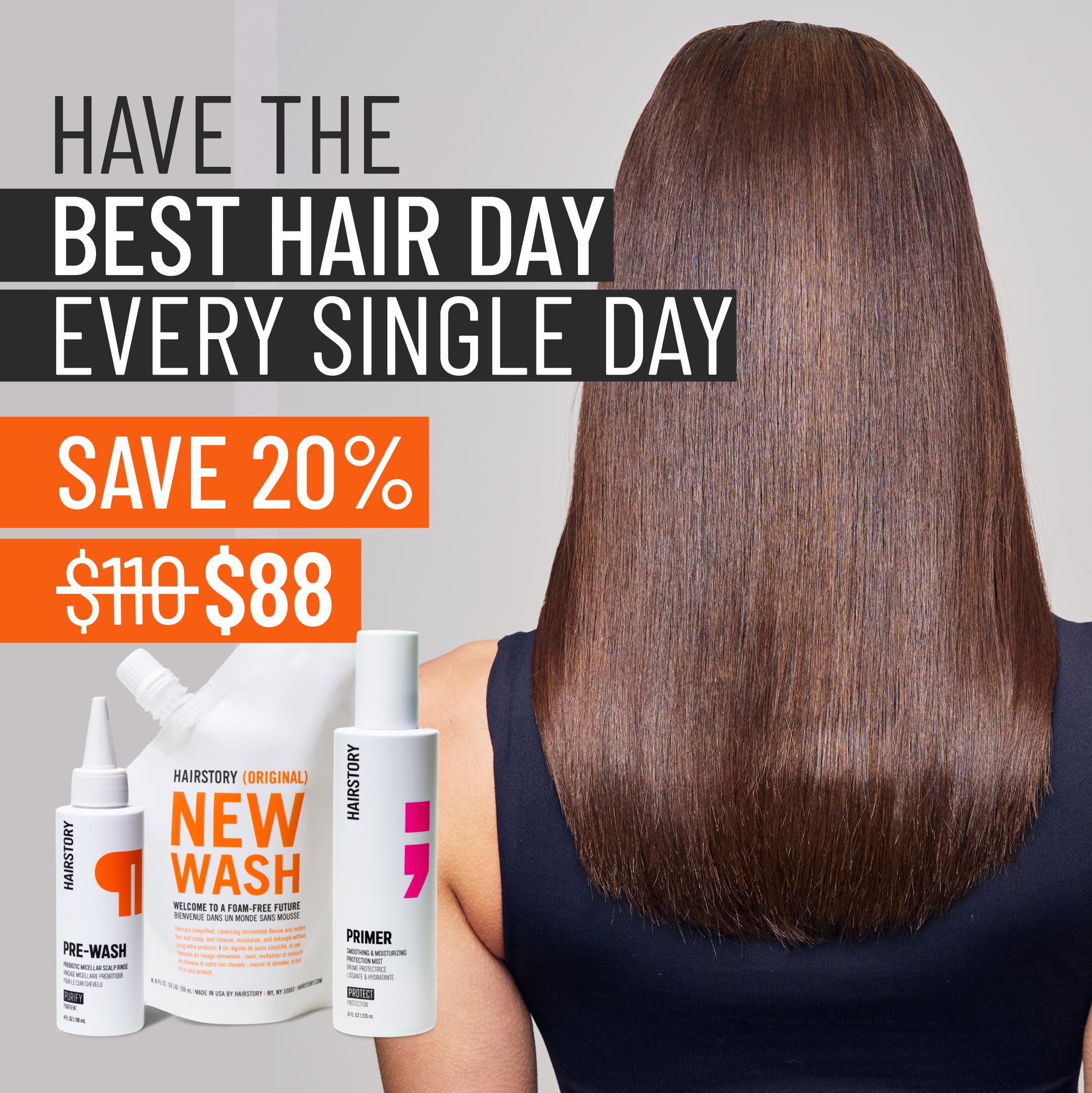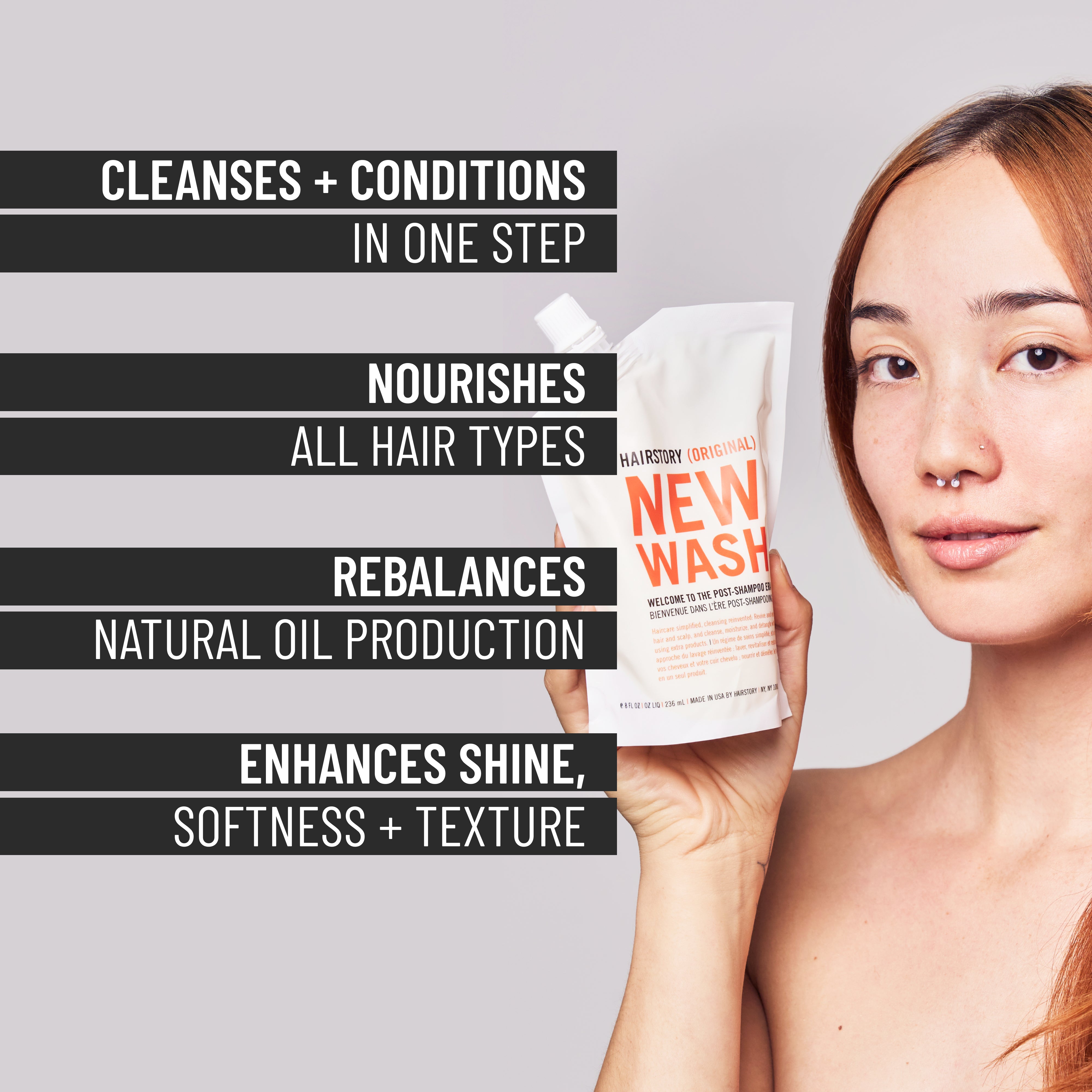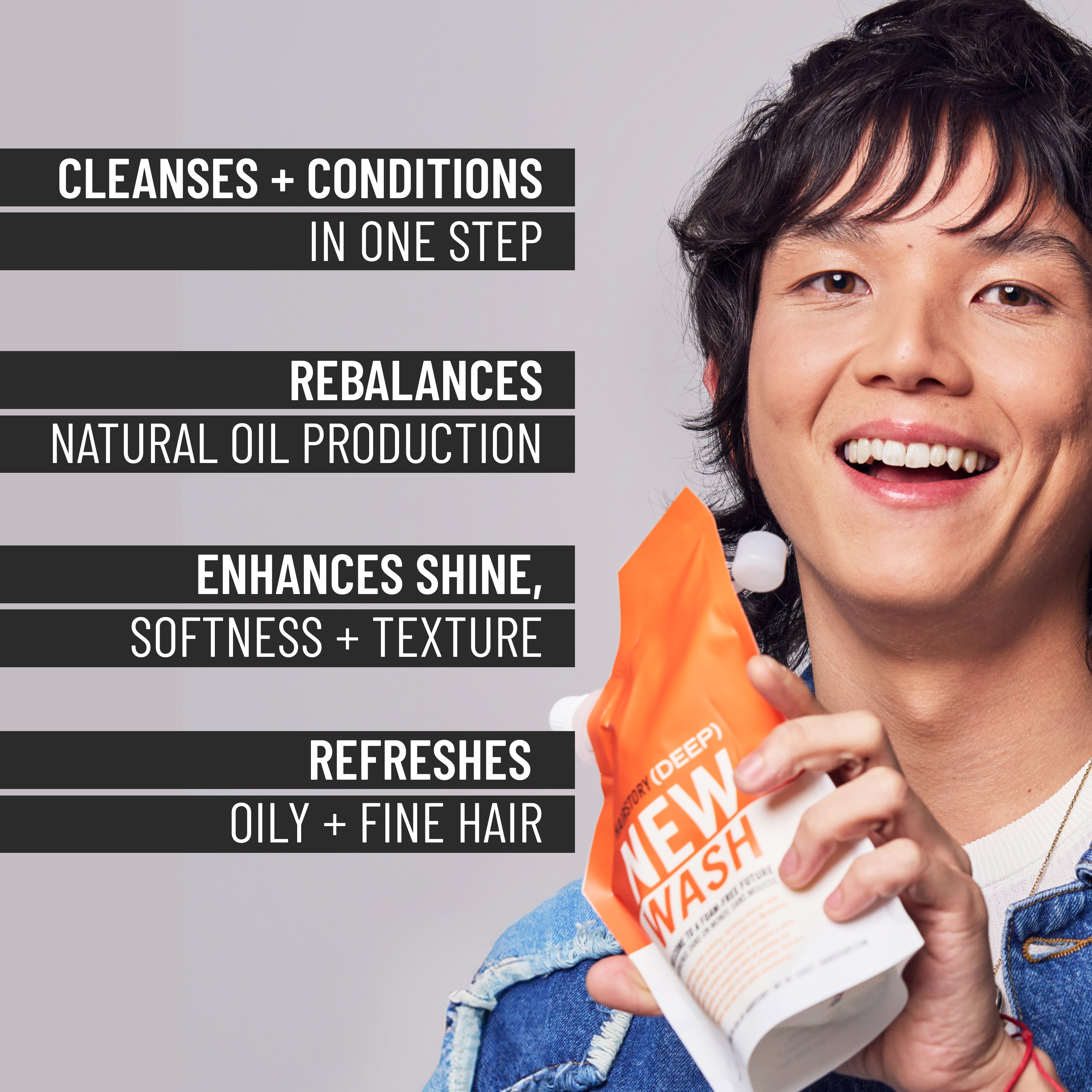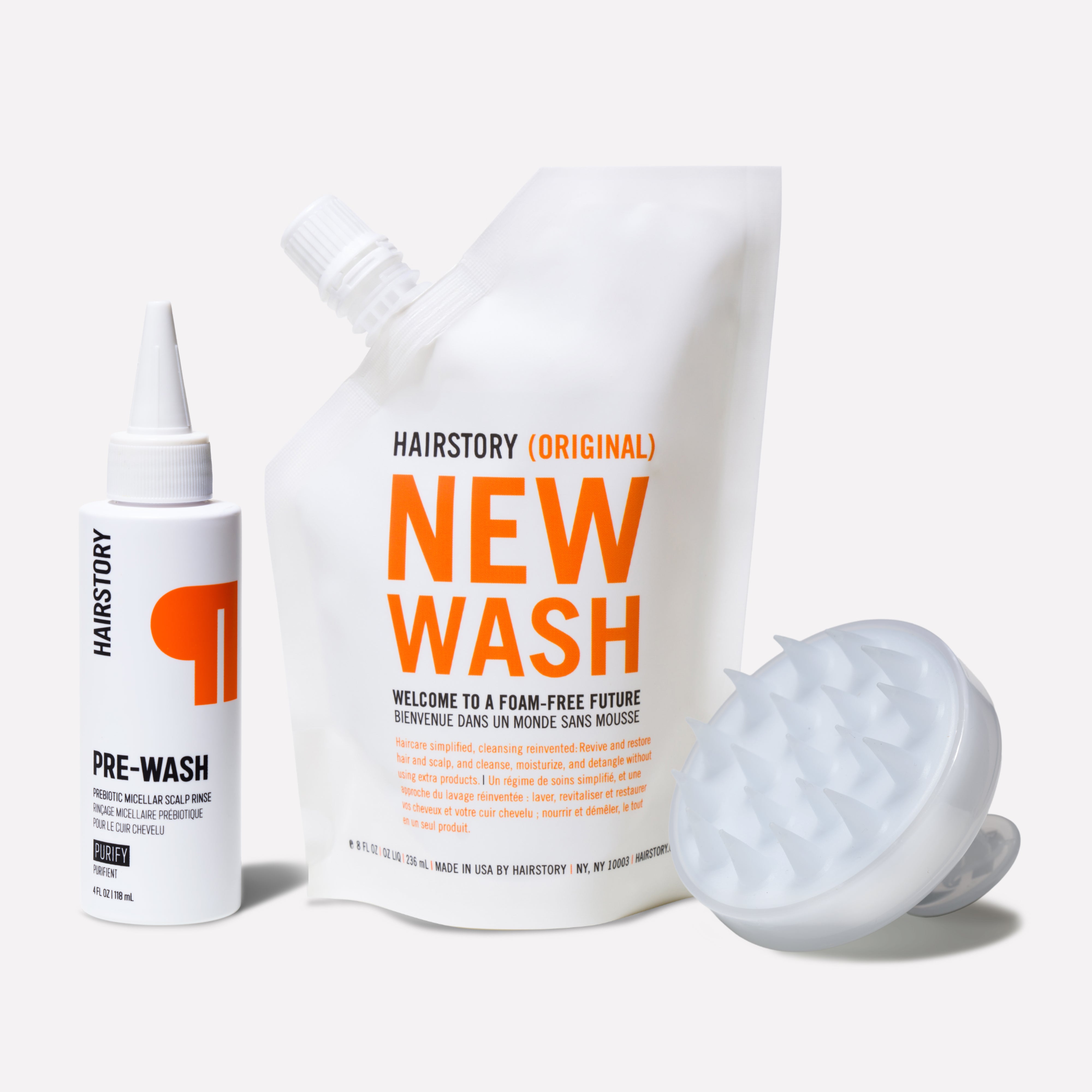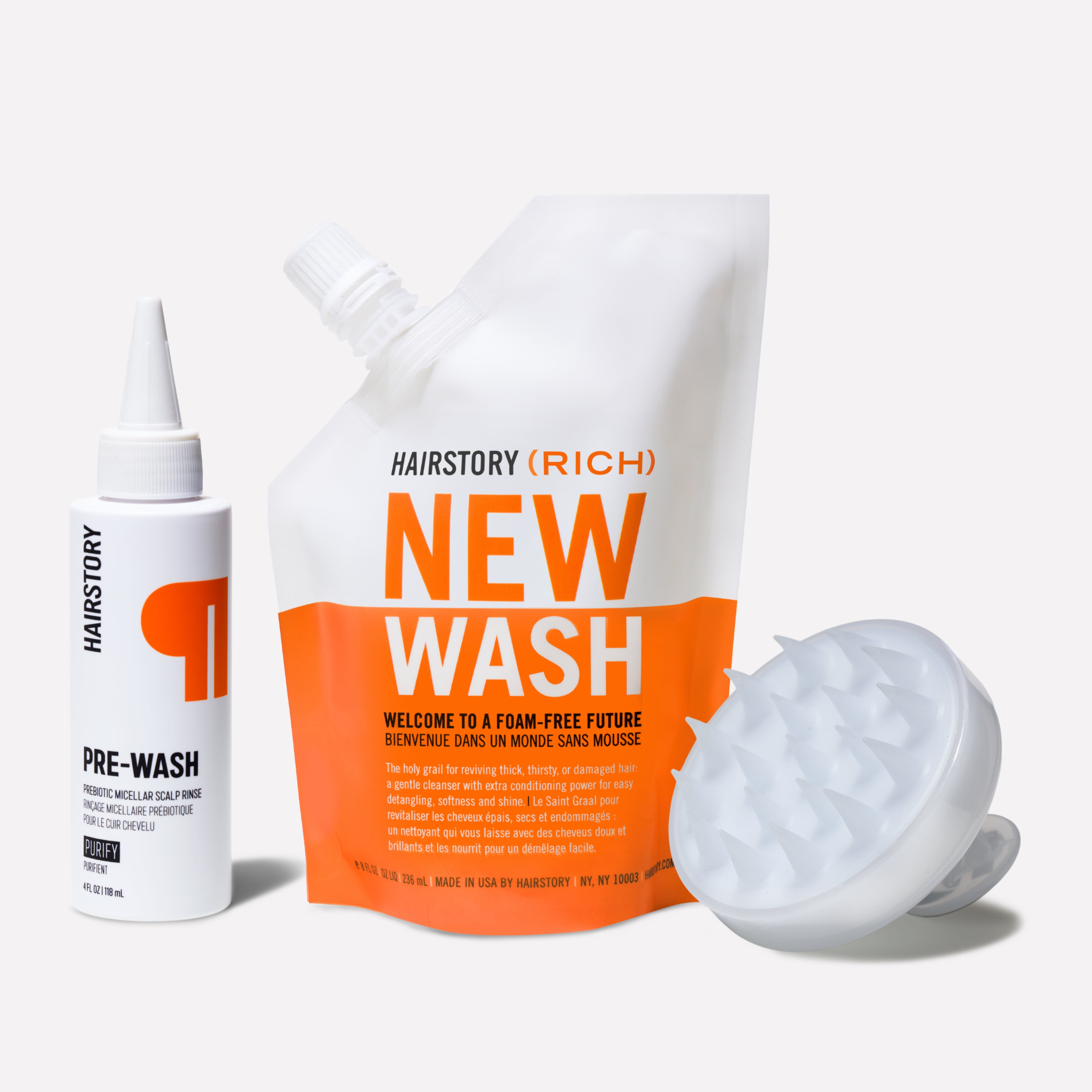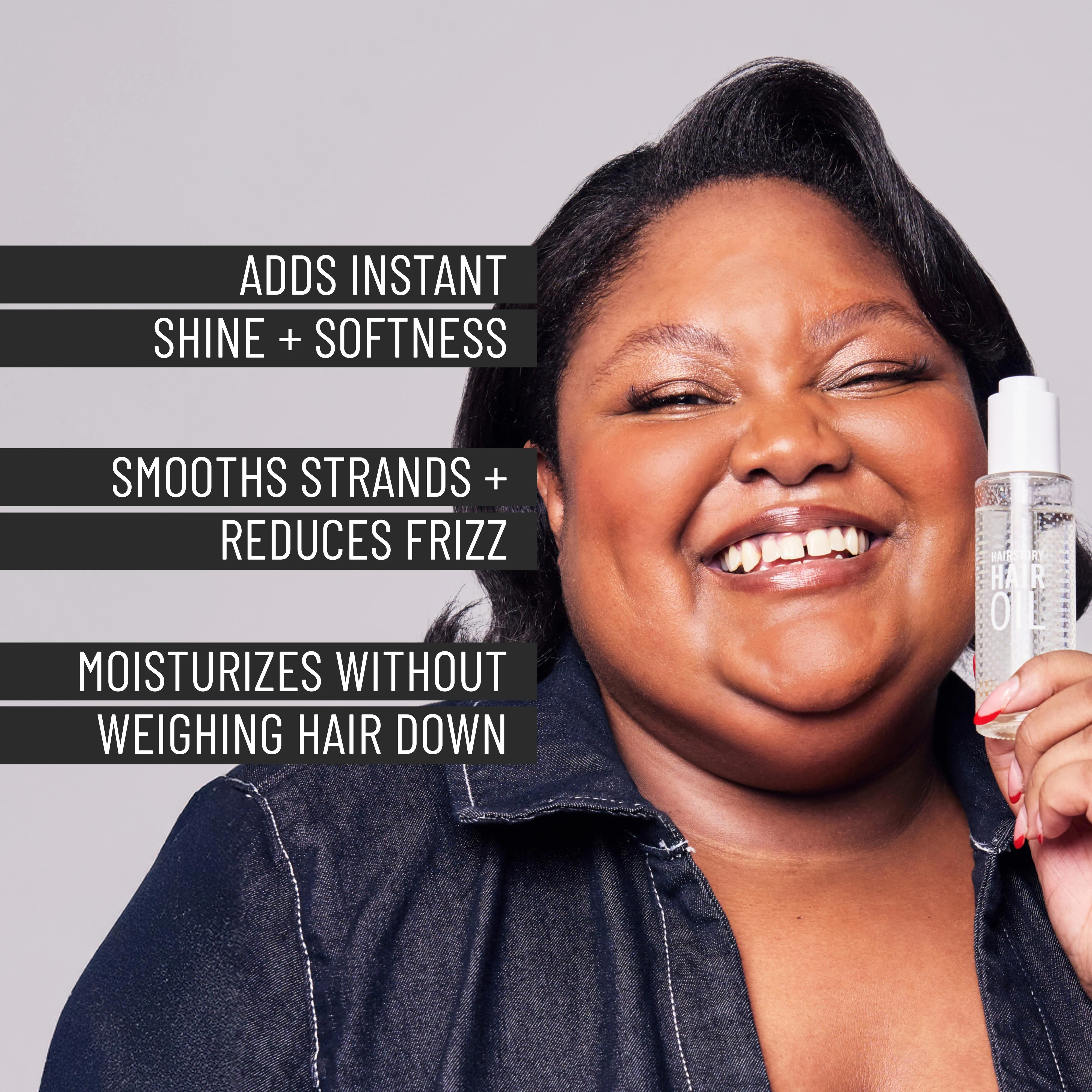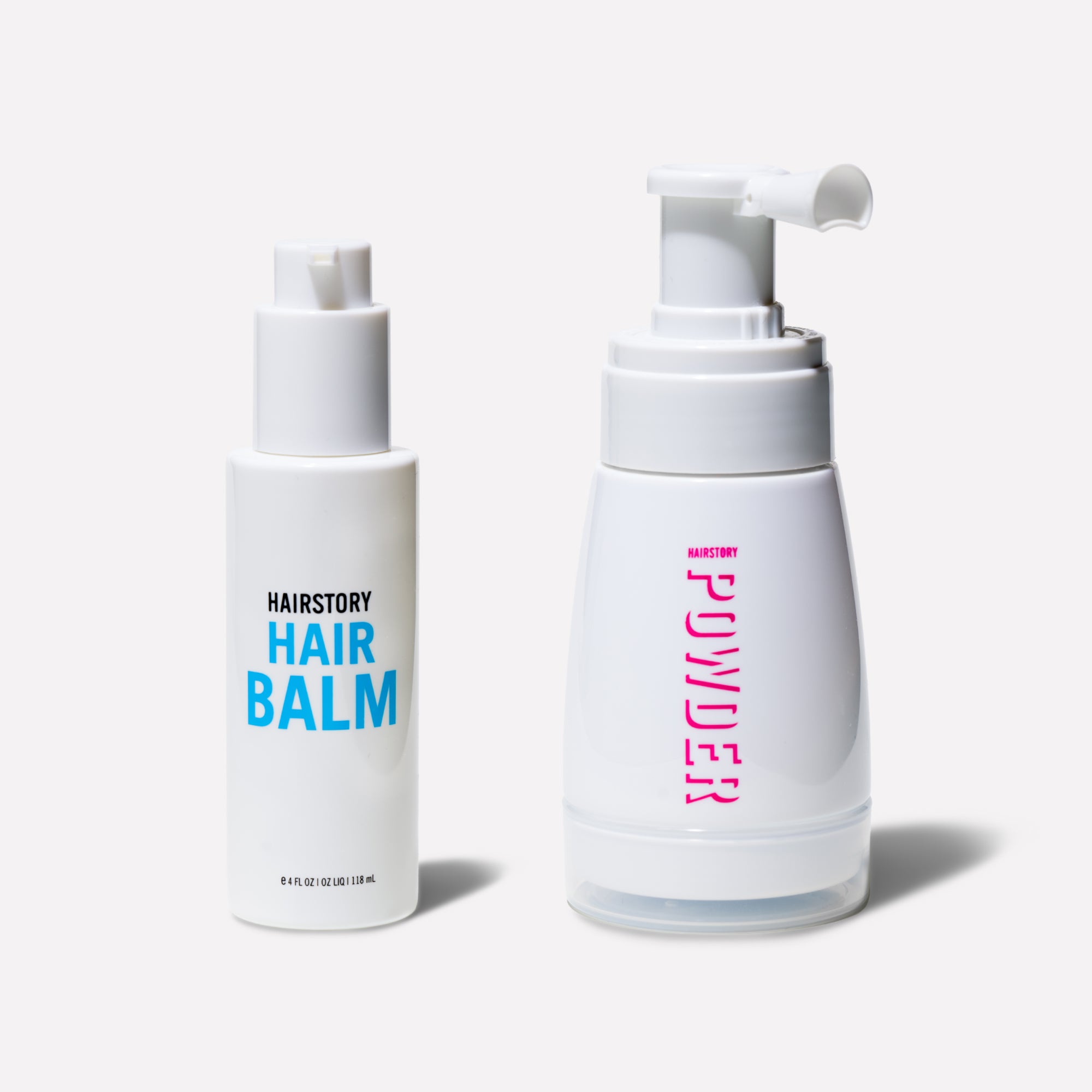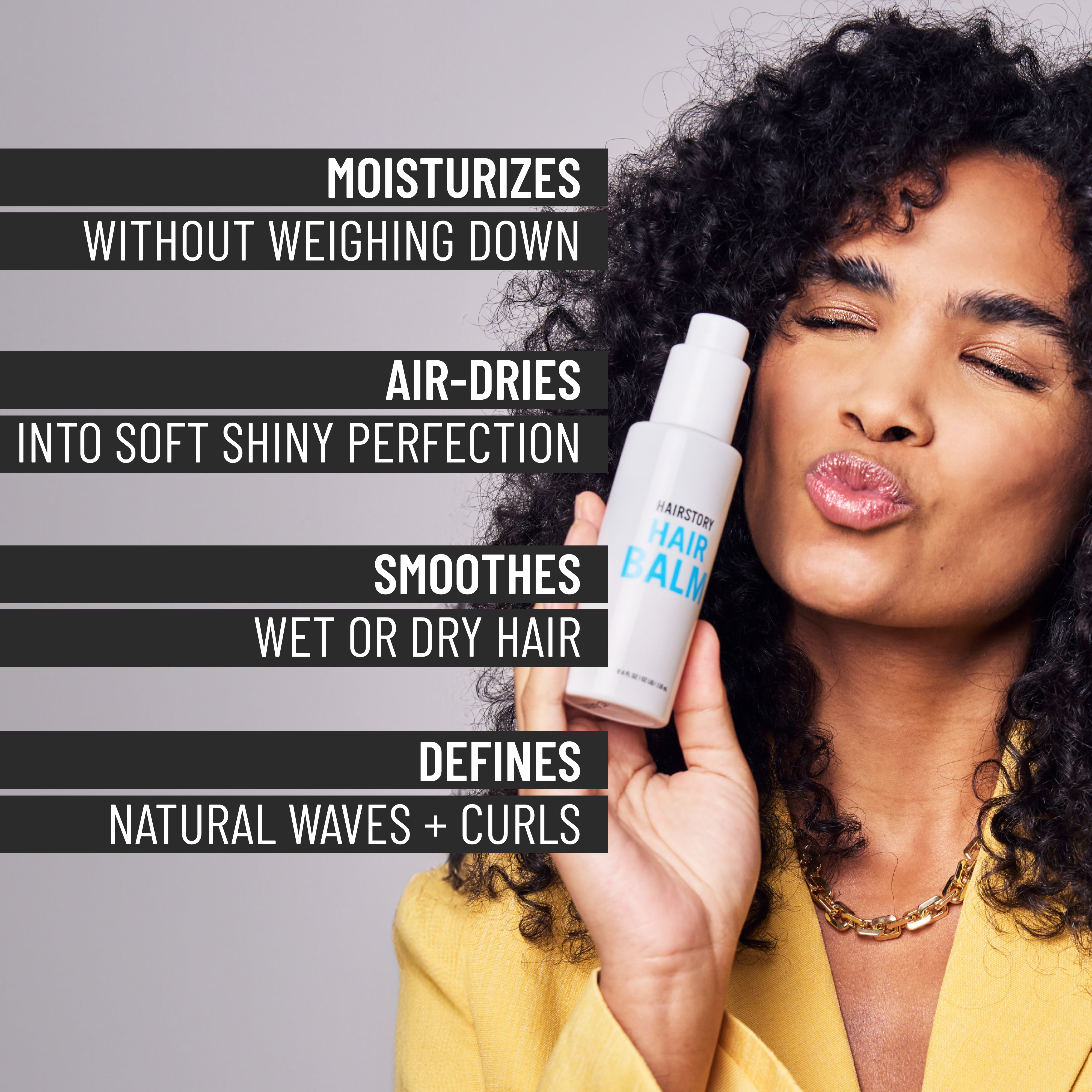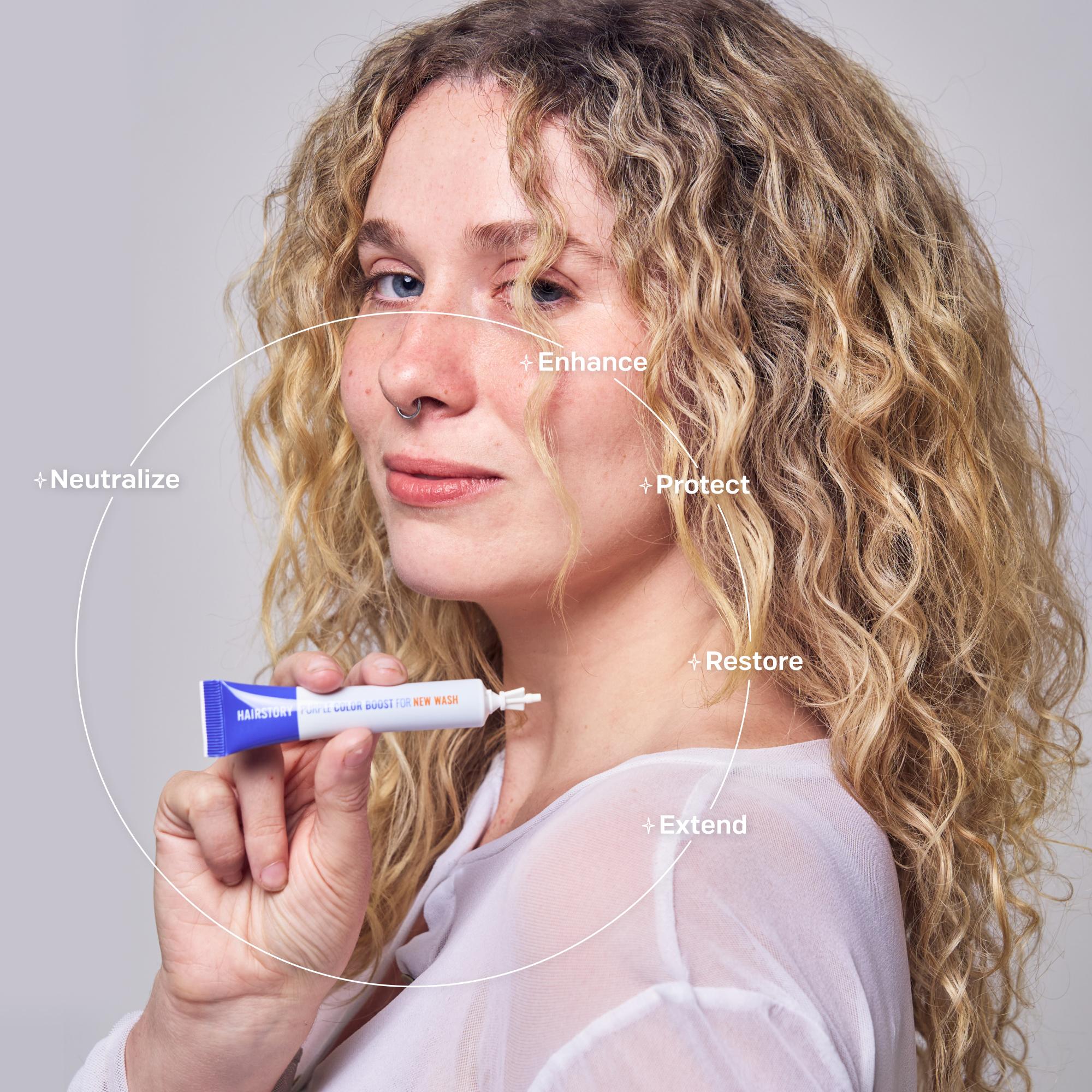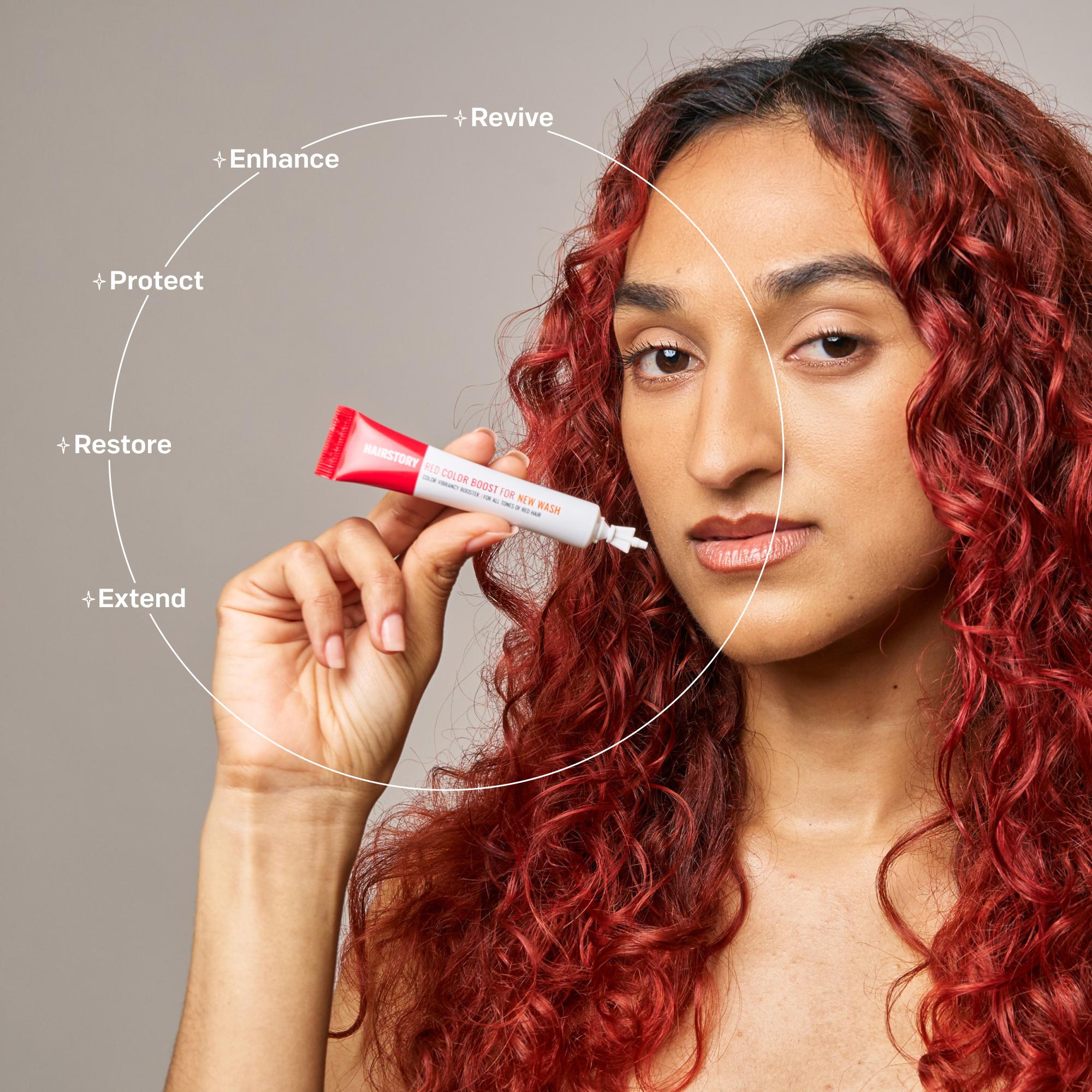These days, you’ll probably be warned not to skip conditioner every time you shampoo your hair.
The important part is the “every time you shampoo” part because while your hair can theoretically live without conditioner, it will suffer if you only use traditional – or detergent-based – shampoo. In other words, conditioning treatment of any kind is useful for healthy hair to retain moisture and essential oils.
Before we outline how conditioners work with your hair, let’s review a brief history of conditioner.
ANCIENT TIMES
Ancient Egyptians shaved off their hair more often than washing it in favor of wigs washed frequently using citrus juice and conditioned with almond oil.
Being that hair cleansing products were unavailable during their time, Ancient Greeks and Romans used olive oil, naturally, to soften hair. Alternatively, indigenous peoples all over the world over used rainwater mixed with wood ash to help hair feel silkier.
AT-HOME HAIRCARE
Italian women during the Renaissance used bacon fat and licorice – or dead lizards boiled in olive oil – to condition after washing with lye soap.
By the 19th century when Castile Soap was the most common cleanser, “Macassar oil,” made from oils of coconut, palm, and ylang-ylang flowers was a popular conditioner.
In the 1950s, eggs and flat beer were popular conditioners at home and in the salon. Early commercial hair products were called “creme rinse.”
COMMERCIALIZATION
One of the first commercial conditioners was created for men as “Brilliantine” to soften moustache mustache and beard hair.
The 1980s saw the introduction of 2-in-1 convenience formulas to cleanse and condition at the same time and theoretically save time and money.
In the early 2000s, co-washing, or conditioner-only washing became popular among women of with curly hair, particularly in the Black community.
Now that we have a little history on conditioner, we’ll move to hair and how it works.
HAIR COMPONENTS
Hair has three main components: protein, mainly a type called keratin; natural oils to keep hair moisturized and protected, and water.
THE CUTICLE
The outside, called the cuticle, is comprised of 5 to 10 overlapping layers of protein arranged like shingles on a roof, or scales on a fish. It protects the middle section called the cortex inside of which runs long bundles of protein fibers.
Learning how to wash your hair properly will help to protect the cuticle from drying out or getting damaged.
When the cuticle’s shingles lie flat and closed, light reflects more clearly and hair looks shiny. When they stand up and open, hair appears dull, can look frizzy, and is, in fact, more vulnerable to damage. Because most shampoos work too well and strip away the hair’s natural oil, the scalp produces even more to compensate. This results in damaged hair strands that become brittle and lack moisture.
And that’s why you need conditioner: to replace some of those essential oils and to smooth the hair cuticles so they lay flat and look shiny after shampoo roughs them up. It’s a vicious cycle.
Another way to avoid stripping away your hair’s natural oil is by not washing your hair too frequently. See more about how often should you wash your hair.
WHAT DOES CONDITIONER DO?
Most rinse-out conditioners employ molecules, called cationic surfactants, to do most of the work. At one end of every molecule is a positive charge that binds to the negative charge of a hair strand; the more damaged hair is, the stronger the charge. Surfactants surround the strand and cause the cuticle shingles to lie snugly against each other, and hair feels smooth again, even after rinsing. Conditioning surfactants can also be designed to deliver other cosmetic substances, such as silicone.
In addition, conditioners, especially leave-in formulas, such as Hair Balm, work similarly to skin moisturizers with ingredients that either help block the loss of water, or attract it. Emollients, mainly lipids and oils, prevent evaporation of water by forming a barrier; the waxier the ingredient, the more pronounced the effect. Humectants may also have an emollient effect, but by attracting rather than repelling water. More lipids in a formulation mean a greater emollient effect.
HOW DEEP ARE DEEP CONDITIONERS?
Deep conditioners are little more than regular conditioners that sit on your head longer, feel a bit thicker, and probably packaged in something that looks more like skincare than haircare. But hair will only absorb what it needs, and you could leave it in all day to no end. That extra product in your shower is more feel-good than do-good – pampering in a fancy jar.
WHAT IS CO-WASHING?
Co-washing simply means skipping washing your hair without shampoo – and only using conditioner instead – a method pioneered by “curly girls” to preserve natural texture. But the problem is that conditioner alone does not actually clean hair, and most people users still need shampoo to break down build-up that can impact the follicles.
WHAT IS A CLEANSING CONDITIONER?
To solve co-washers’ cleansing problem, a category of hair products marketed as cleansing conditioners was born – halfway between shampoo and conditioner and formulated with more of the latter than the former. While improving upon early 2-in-1 formulas, the problem is that they still contain detergent, and you’re trying to replace oils while you’re stripping them from your hair. It just doesn’t add up.
WHAT’S THE SOLUTION?
It is possible to cleanse and condition with one product. How? Wash the new way with New Wash. The difference? No detergent. In some ways, what it doesn’t do is more important than what it does do; it’s an oil-based cleansing product that doesn’t strip the good stuff from your hair in the first place, and many of the same ingredients also act as conditioners. If you want to figure out how to make your hair grow faster and stronger, consider this 3-in-1 product by Hairstory. And that means just one product in the shower where you might have 3: shampoo, conditioner, and deep conditioner. And that’s a condition we can all live with.


